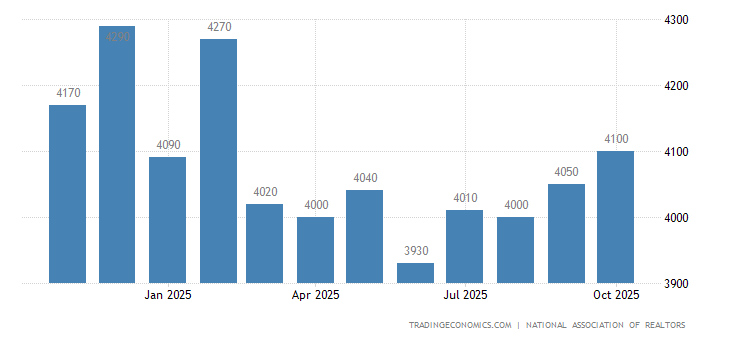On May 4, New York Gov. Andrew M. Cuomo signed an extension of the COVID-19 Emergency Eviction and Foreclosure Prevention Act of 2020 and the COVID-19 Emergency Protect Our Small Businesses Act. The legislation (S.6362-A/A.7175-A) extends moratoriums prohibiting residential and commercial evictions, foreclosure proceedings, as well as protections against credit discrimination and negative credit reporting related to the COVID-19 pandemic until Aug. 31, 2021.
“As we approach the light at the end of the COVID-19 tunnel, it is critical that we continue to protect both New York’s tenants and business owners who have suffered tremendous hardship throughout this entire pandemic,” Gov. Cuomo said. “Extending this legislation will help to ensure that vulnerable New Yorkers and business owners who are facing eviction through no fault of their own are able to keep their homes and businesses as we continue on the road to recovery and begin to build back our economy better than it was before.”
Residential Evictions
The legislation places a moratorium on residential evictions until Aug. 31, 2021 for tenants who have endured COVID-related hardship. Tenants must submit a hardship declaration, or a document explaining the source of the hardship, to prevent evictions. Landlords can evict tenants that are creating safety or health hazards for other tenants, and those tenants who do not submit hardship declarations.
Residential Foreclosure Proceedings
The legislation also places a moratorium on residential foreclosure proceedings until Aug. 31, 2021. Homeowners and small landlords who own 10 or fewer residential dwellings can file hardship declarations with their mortgage lender, other foreclosing party or a court that would prevent a foreclosure.
Commercial Evictions:
The legislation places a moratorium on evictions until Aug. 31, 2021 for commercial tenants have endured COVID-related hardship. The legislation applies to small businesses with under 50 employees that demonstrate a financial hardship. Tenants must submit a hardship declaration, or a document explaining the source of the hardship, to prevent evictions.
Commercial Foreclosure Proceedings:
The legislation places a moratorium on commercial foreclosure proceedings until Aug. 31, 2021.
Tax Lien Sales
The legislation prevents local governments from engaging in a tax lien sale or a tax foreclosure until at least Aug. 31, 2021. Payments due to the locality are still due.
Credit Discrimination and Negative Credit Reporting
Lending institutions are prohibited from discriminating against a property owner seeking credit because the property owner has been granted a stay of mortgage foreclosure proceedings, tax foreclosure proceedings or tax lien sales. They are also prohibited from discriminating because the owner is in arrears and has filed a hardship declaration with the lender.
Senior Citizens’ Homeowner Exemption and Disabled Homeowner Exemption
Local governments are required to carry over SCHE and DHC exemptions from the 2020 assessment roll to the 2021 assessment roll at the same levels. They are also required to provide renewal applications for anyone who may be eligible for a larger exemption in 2021. Localities can also set procedures by which assessors can require renewal applications from people who the assessors believe may no longer be eligible for an exemption in 2021. Recipients of the exemption do not have to file renewal applications in person.
Gov. Cuomo first announced a state moratorium on residential and commercial evictions on March 20, 2020 to ensure no tenant was evicted during the height of the public health emergency. The governor signed the Tenant Safe Harbor Act on June 30 which became effective immediately as well as additional legislation providing financial assistance to residential renters and landlords. Additionally, previous Executive Orders have prohibited charges or fees for late rent payments, and tenants facing financial hardship can still use their security deposit as payment and repay their security deposit over time.
Senate Housing Committee Chair and bill sponsor Brian Kavanagh said, “The COVID-19 numbers in New York continue to be stubbornly high throughout the state and we need public health measures like the eviction and foreclosure moratorium to keep New Yorkers safe, and ultimately to get past this terrible pandemic as soon as possible. The Centers for Disease Control have specifically found that permitting evictions increases the spread of COVID-19 and that moratorium laws like New York’s work to prevent transmission. Ensuring that everyone has access to a stable, safe place to live is always a priority, but it’s never been more important than it is now.”
Assemblyman Jeffrey Dinowitz added, “I am very pleased that the Assembly passed this critical legislation that will help keep people in their homes and small business owners in their stores. This is life-changing legislation that allows the New York State Office of Temporary and Disability Assistance and other relevant agencies more time to disburse the billions of dollars in state and federal funding to people who need it. We are still in the midst of a global pandemic and the worst economic crisis in our lifetimes. I believe it would be immoral to allow the current moratorium to lapse. This law will save lives.”
read more…
http://www.realestateindepth.com/news/governor-signs-extensions-of-residential-commercial-eviction-and-foreclosure-moratoriums/









